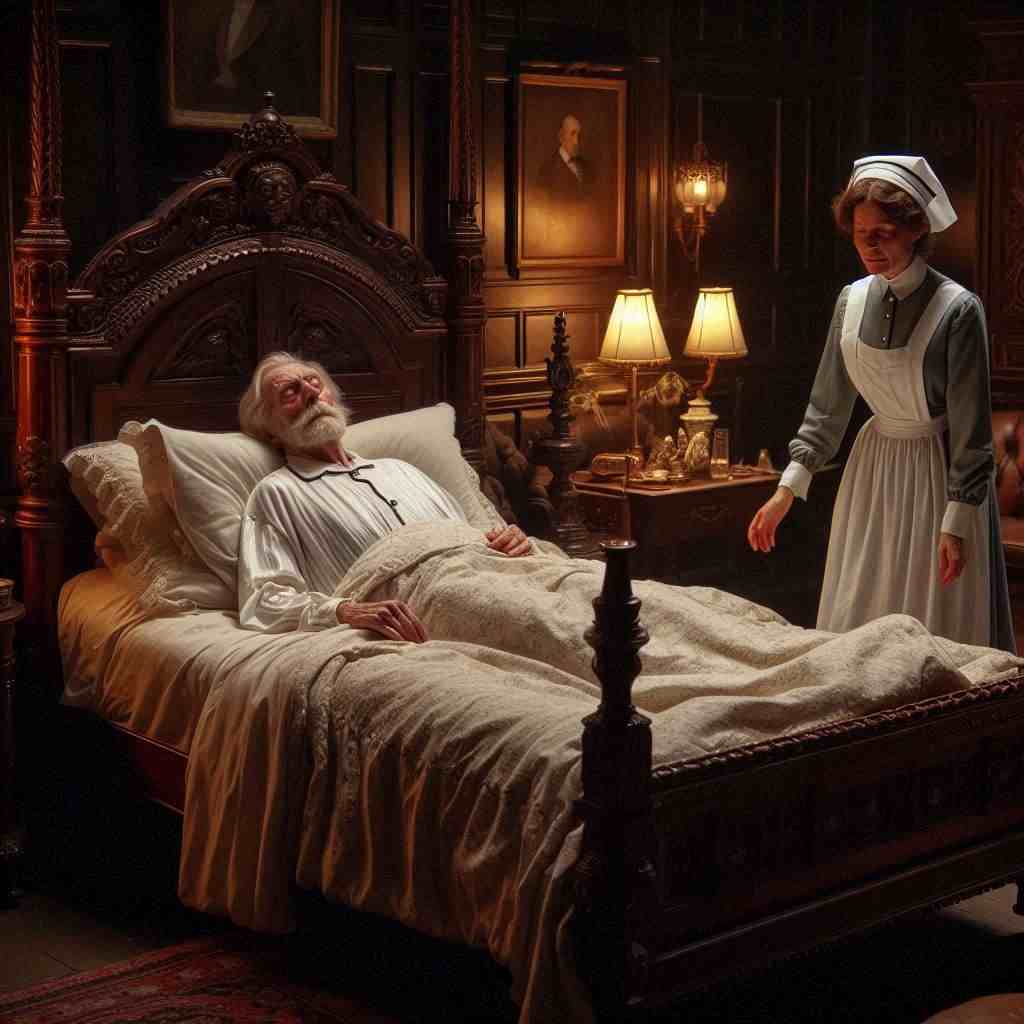4 Poems by Charlotte Brontë
1816 - 1855
Charlotte Brontë Biography
Charlotte Brontë, born on April 21, 1816, in Thornton, Yorkshire, England, stands as one of the most influential and enigmatic figures in English literature. The third of six children born to Patrick Brontë and Maria Branwell Brontë, Charlotte's life was marked by tragedy, literary genius, and a fierce determination that would come to define both her work and her legacy.
The Brontë family moved to Haworth parsonage in 1820, where Patrick Brontë served as perpetual curate. This isolated setting in the Yorkshire moors would later play a significant role in shaping Charlotte's literary imagination. Tragedy struck early in Charlotte's life when her mother died of cancer in 1821, leaving the six Brontë children in the care of their aunt, Elizabeth Branwell.
Charlotte's education was unconventional and largely self-directed. She and her siblings created elaborate imaginary worlds, writing stories and poems in tiny handmade books. This early creative outlet would prove instrumental in developing Charlotte's literary skills and fostering her passion for storytelling.
In 1824, Charlotte and three of her sisters were sent to the Clergy Daughters' School at Cowan Bridge. The harsh conditions at the school, which Charlotte would later immortalize as Lowood Institution in her novel "Jane Eyre," led to the deaths of her two eldest sisters, Maria and Elizabeth, from tuberculosis in 1825. This traumatic experience left an indelible mark on Charlotte's psyche and would later inform her critique of the treatment of children in Victorian society.
Following the deaths of her sisters, Charlotte returned home to Haworth, where she continued her education under her father's guidance. The Brontë children immersed themselves in literature, reading widely and continuing to develop their imaginary worlds of Angria and Gondal. Charlotte's early writings, particularly her Angrian tales, reveal her developing style and themes that would later mature in her published works.
In 1831, Charlotte was sent to Miss Wooler's school at Roe Head, where she excelled as a student and later returned as a teacher in 1835. Her experiences as a governess in 1839 and 1841 would provide further material for her novels, particularly in depicting the often precarious position of educated but impoverished women in Victorian society.
Charlotte's ambition to open a school with her sisters led her to Brussels in 1842 to study at the Pensionnat Heger. Her time in Brussels was pivotal, both personally and professionally. She fell in love with her married teacher, Constantin Heger, an unrequited passion that would fuel her creative output and find expression in her novels, particularly "Villette" and "The Professor."
Returning to Haworth in 1844, Charlotte discovered her sister Emily's poetry and convinced her sisters to publish a joint collection of poems under the pseudonyms Currer, Ellis, and Acton Bell. While the collection, published in 1846, sold only two copies, it marked the beginning of the Brontë sisters' literary careers.
Charlotte's first novel, "The Professor," was rejected by publishers, but she persevered, completing "Jane Eyre" in 1847. Published under her pseudonym Currer Bell, "Jane Eyre" was an immediate success, praised for its originality, passion, and the strength of its heroine. The novel's exploration of a woman's search for independence and fulfillment, as well as its gothic elements and psychological depth, established Charlotte as a major literary figure.
The years 1848 and 1849 brought immense personal tragedy to Charlotte, with the deaths of her brother Branwell and sisters Emily and Anne in quick succession. Despite her grief, Charlotte continued to write, publishing "Shirley" in 1849 and "Villette" in 1853. These novels further showcased her ability to create complex female characters and her keen observations of society, particularly the limited options available to women.
Charlotte's identity as Currer Bell was revealed in 1848, leading to her introduction to London's literary circles. She formed friendships with other writers, including Elizabeth Gaskell, who would later become her biographer. Charlotte's status as a female author in Victorian England was both groundbreaking and challenging, as she navigated the expectations and prejudices of a male-dominated literary world.
In 1854, Charlotte married Arthur Bell Nicholls, her father's curate, despite initial opposition from her father. Their brief marriage brought Charlotte a measure of personal happiness, but it was tragically cut short. Charlotte died on March 31, 1855, during the early stages of pregnancy, possibly from hyperemesis gravidarum, a severe form of morning sickness.
Charlotte Brontë's literary legacy extends far beyond her tragically short life. Her novels, particularly "Jane Eyre," continue to be widely read and studied, admired for their psychological insight, passionate intensity, and exploration of women's inner lives and societal constraints. Charlotte's work influenced subsequent generations of writers and contributed significantly to the development of the novel as a form.
Her life and work have been the subject of numerous biographies, critical studies, and adaptations, testifying to her enduring appeal and significance. Charlotte Brontë's ability to blend romantic passion with clear-eyed social critique, her creation of indelible female characters, and her own remarkable life story continue to fascinate readers and scholars alike.
The Brontë Parsonage in Haworth, now a museum, stands as a testament to the extraordinary literary legacy of Charlotte and her siblings. It draws visitors from around the world, eager to immerse themselves in the landscape and atmosphere that shaped one of English literature's most remarkable families.
In examining Charlotte Brontë's life and work, one is struck by the interplay between her personal experiences and her fiction, the way in which she transmuted the often harsh realities of her life into art of enduring power and beauty. Her novels continue to speak to readers, offering insights into the human heart and the eternal struggle for self-realization in the face of societal constraints. Charlotte Brontë remains a towering figure in English literature, a writer whose life and work continue to inspire, challenge, and captivate readers more than a century and a half after her death.
This text was generated by AI and is for reference only. Learn more
Username Information
No username is open
Unique usernames are free to use, but donations are always appreciated.
Quick Links
© 2024-2025 R.I.Chalmers (V2Melody).

All music on this site by R.I.Chalmers (V2Melody) is licensed under a Creative Commons Attribution-NonCommercial 4.0 International License.
Attribution Requirement:
When using this music, you must give appropriate credit by including the following statement (or equivalent) wherever the music is used or credited:
“Music by R.I.Chalmers (V2Melody) – https://v2melody.com”
Support My Work:
If you enjoy this music and would like to support future creations, donations are always welcome but never required.
Donate




